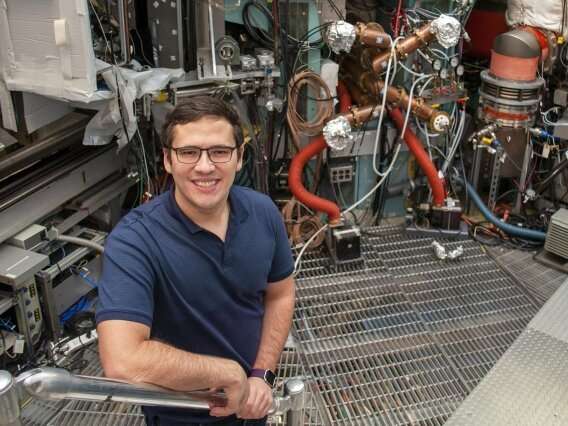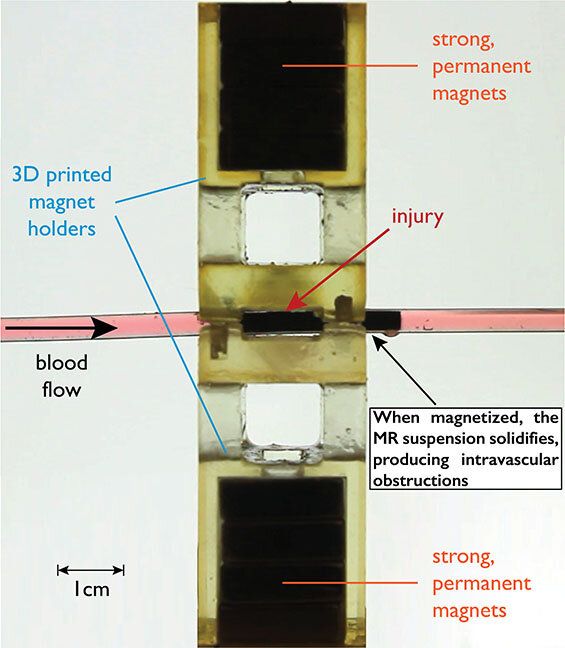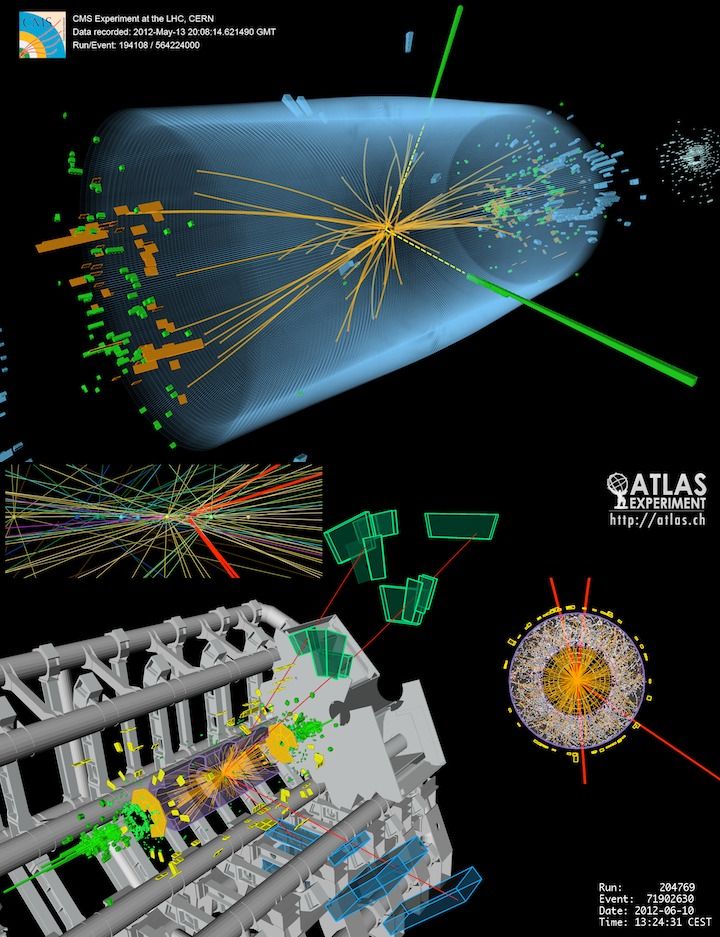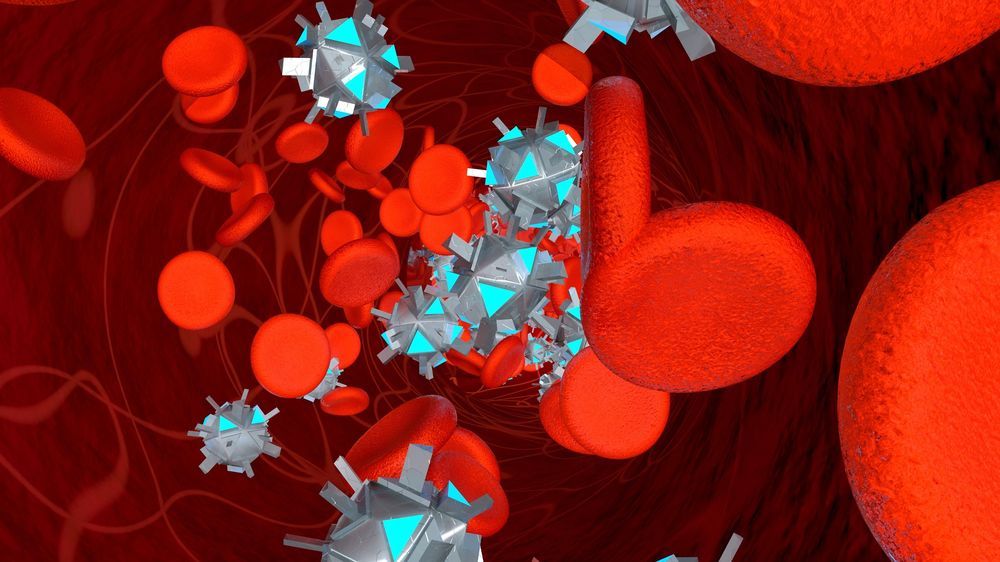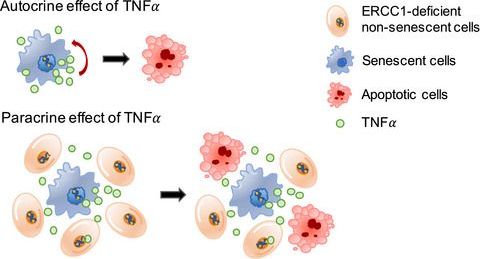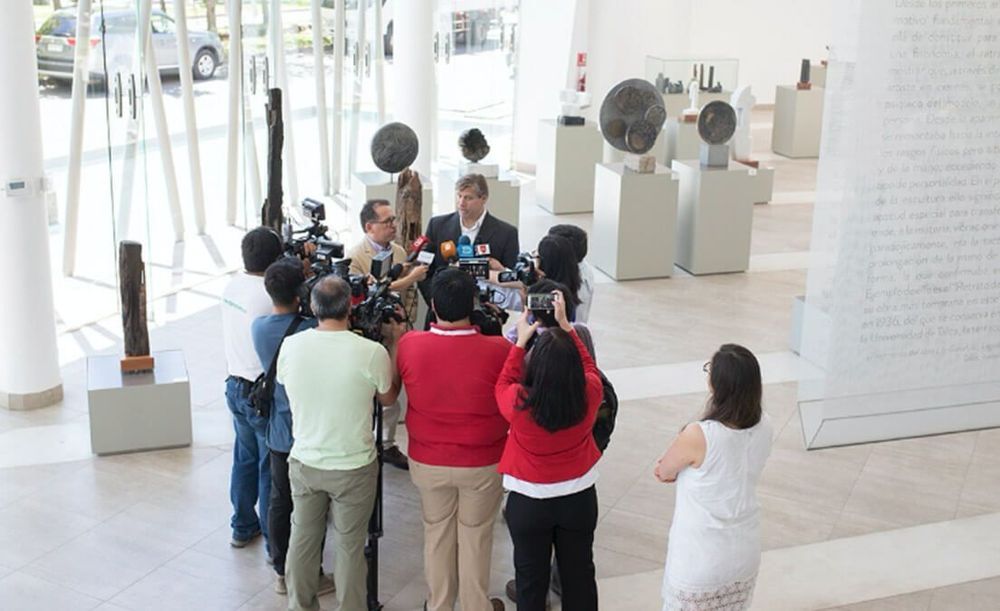How to confine turbulent plasma fuel in a donut-shaped vacuum chamber, making it hot and dense enough for fusion to take place, has generated questions—and answers—for decades.
As a graduate student under the direction of Department of Nuclear Science and Engineering Professor Anne White, Pablo Rodriguez-Fernandez Ph.D. ‘19 became intrigued by a fusion research mystery that had remained unsolved for 20 years. His novel observations and subsequent modeling helped provide the answer, earning him the Del Favero Prize.
The focus of his thesis is plasma turbulence, and how heat is transported from the hot core to the edge of the plasma in a tokamak. Experiments over 20 years have shown that, in certain circumstances, cooling the edge of the plasma results in the core becoming hotter.
